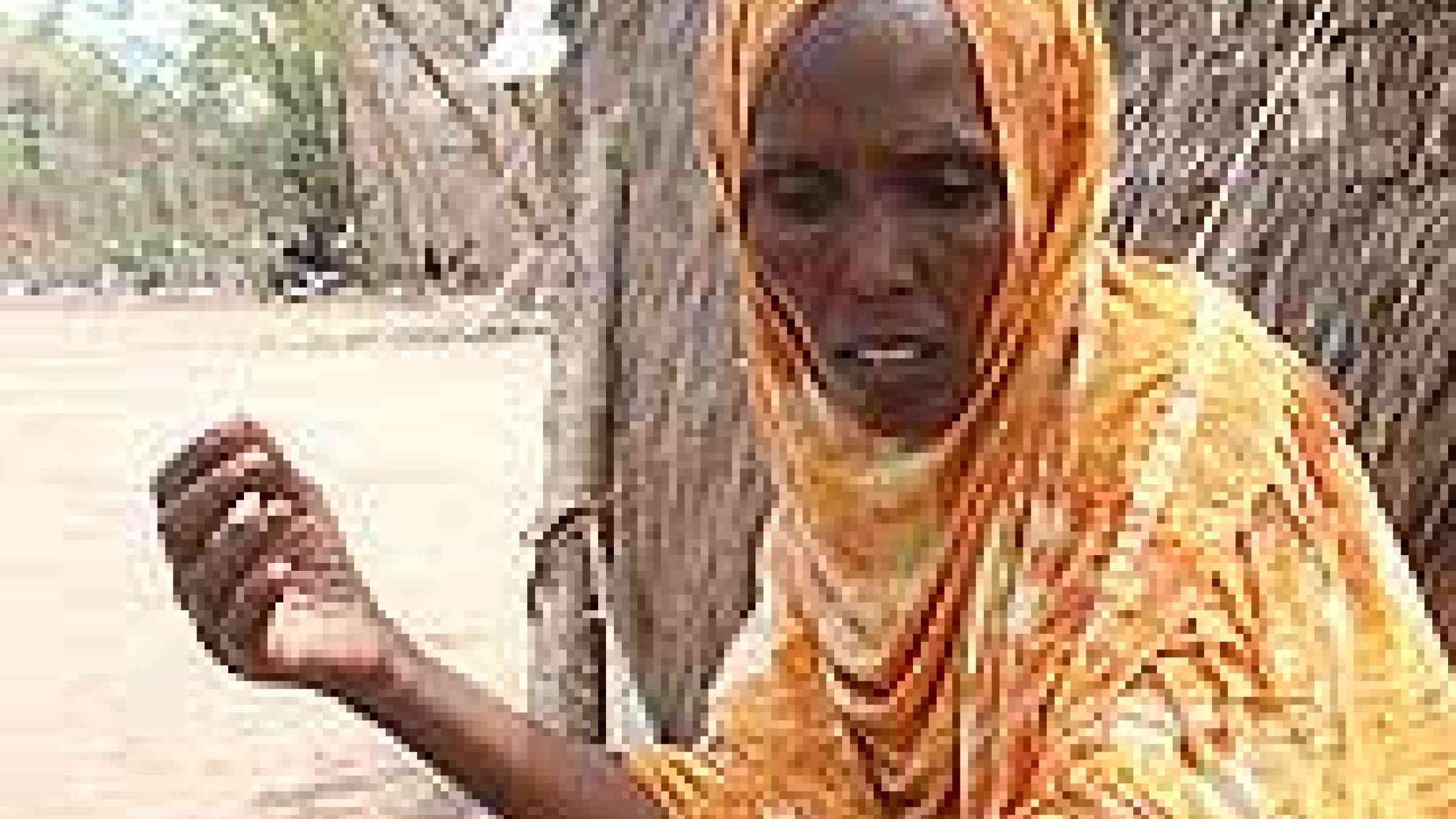
Isiolo - Perennial drought and other threats to pastoralist livelihoods in Kenya have prompted local communities to adopt increasingly innovative coping mechanisms, say researchers.
"Livestock owners [and] traders... are changing to cope with the challenges," Hussein Abdullahi, a researcher at Pwani University in the Coast, told IRIN. "The sector is getting more vibrant despite all the problems facing the livestock economy."
In North Eastern Province, trade in more drought-tolerant camels has become a coping strategy. Traders have shifted to Ethiopian markets where the camels are sold and later shipped to more lucrative Middle Eastern markets, Abdullahi told IRIN on the sidelines of a pastoral experts' and researchers’ forum in Kinna, northern Isiolo.
Abdirazak Nunow, a lecturer at Moi University School of Environmental Studies, said Orma families in the Coastal Tana Delta were setting up 2,000-2,400 hectare ranches to safeguard pasture for their small herds of livestock.
Government acquisition of communal land in some pastoral regions for large-scale irrigated farming, he added, was one of the reasons the formerly nomadic pastoralists had changed their lifestyles.
Pastoralists in Tana River District first lost huge tracts of pasture in the post-1963 period after the establishment of the Bura Irrigation Scheme, designed to help settle landless families.
Recently, thousands of hectares of land within the Tana River Delta have been leased for food, fuel and mining activities, Nunow said. Human settlement, plantations and land divisions had resulted in loss of pasture and watering points, he added.
Diversification
However, some pastoralists had embraced a more market-based economy, with former herders now working as livestock brokers in small trading centres along the Garissa-Lamu-Mombasa route. Women too were increasingly engaged in activities such as selling milk cakes.
A similar experience was noted in Ethiopia where grazing land in the Nagelle and Medawolabu regions was switched to farming, said a member of the Ethiopian Somali Regional Assembly, Abdi Abdullahi Hussein.
"The change of land use in Nagelle and Medawolabu to grow wheat was the saddest news to livestock owners at the time [but] many have changed their views," said Hussein in a report, the growth of camel milk marketing in the Somali region of Ethiopia.
Pastoral communities there were now engaged in different kinds of income-generating activities. Migrating with camels closer to the towns had created a booming milk trade and created “camel milk villages”.
David Hughes of the Future Agricultures Consortium said a pastoralist economy needed support to cope with emerging challenges.
"Opportunities that can help pastoralists in the East and Horn of Africa are enormous," he said. "Research on information technology and its benefits can work wonders [and] help many youth access opportunities, and even manage to get a [university] degree from a remote village."
na/aw/mw